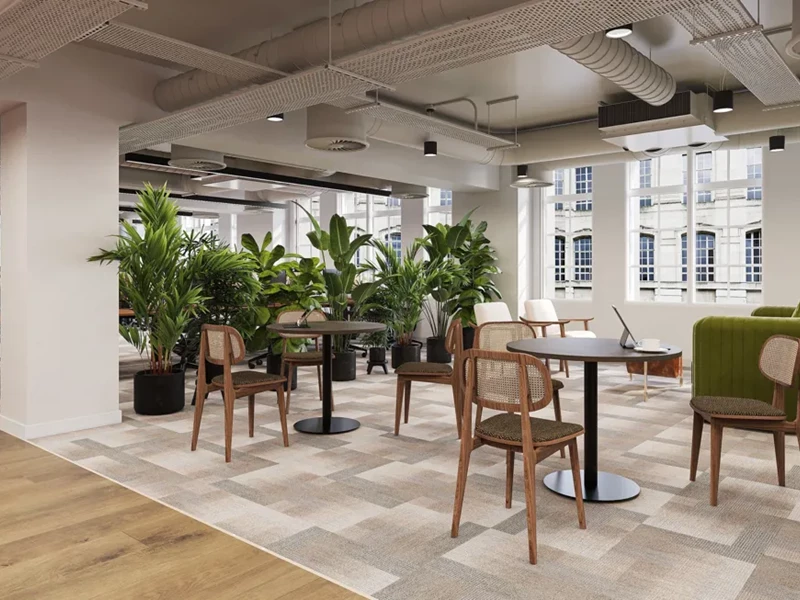At the end of last year, we predicted that two of the biggest trends we’d see this year in the UK serviced office sector would be the globalisation of providers and some consolidation – and both are already well underway. What stands out from the graph below, looking at the percentage of deals by provider in central London since 2013, is that the number of smaller and mid-market players involved in the space is staggering. As a result we believe that ‘scale’ will increasingly be the buzzword for the sector and the biggest impact is likely to be seen in the mid-market size band, those providers of four to 20 centres. One of the key reasons for this is that it costs to scale and not all businesses can scale successfully and keep making profit and money at the same time.
The consolidation process in the serviced office space will likely follow a similar pattern to that seen in the hotel market, where there were lots of different operators and brands, many of which were in turn owned by different companies, such as Starwood. IWG already has five plus brands and other larger players are likely to follow IWG’s trend by seeking to diversify some of their offering – for example BE Offices has both the BE Office and Headspace brands in order to diversify its offer. Likewise WeWork has a series of sub-brands, such as Enterprise and HQ.
In a similar fashion to hotels, the serviced office sector will retain many independent brands, those that have not attempted the cost and risk of scaling, but concentrate on creating a strong niche product that sets it apart from the competition such as cuckooznest, who describe themselves as London's first fully-flexible, Ofsted-registered nursery with integrated workspace for parents and children.
Vice versa, the larger brands will be able to survive through economies of scale. They can consolidate those centres that are not performing well and/or buy in a brand where they have a gap in the market, either by geography or product.
It is therefore the middle market that is most likely at risk and could see the most change. Scale is often the answer, but in many cases it is also the downfall. In an increasingly competitive market, providers more than ever need to know their end customer, the type of space they want and need to have the ability to provide a service that keeps the customer happy. In a market of increasing choice and diversity, the providers that lose their stickiness with their customers are the ones likely to be most exposed to the impact of scaling.








